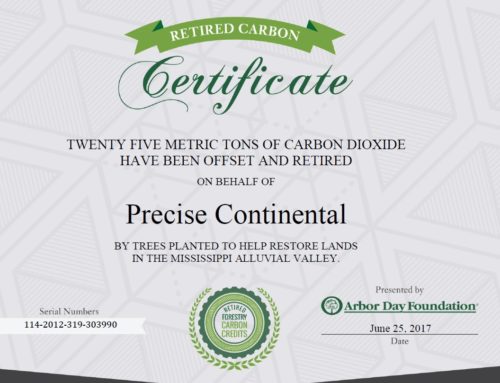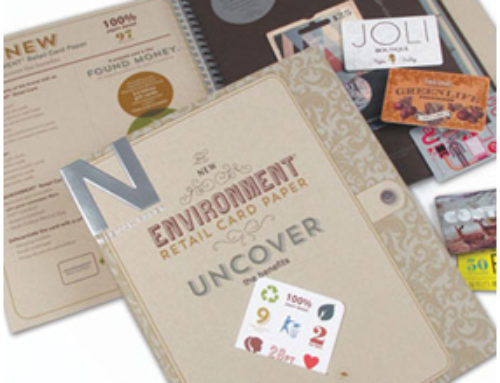By BARRY NEWMAN and T.W. FARNAM
WASHINGTON — Yves Jean-Baptiste, a medical doctor and part-time real-estate agent from Brooklyn, received an envelope in the mail this month. Inside was an engraved invitation to the presidential inauguration with a gold seal on top.
“I’m going to the Capitol,” Dr. Jean-Baptiste said at the bus terminal in Manhattan Monday, boarding a Greyhound to Washington. “My name is on the envelope. They’ll guide me in.”
You’re Invited?
Well, not quite. Dr. Jean-Baptiste, a 55-year-old U.S. citizen and Haitian native, worked door-to-door for the Obama campaign. He registered voters. He joined a group in his neighborhood called “The Audacity of Park Slope.” And on Tuesday, along with a lot of other people, he got as close as he could get to the Capitol — after showing the picture on his driver’s license.
“I can see the Capitol,” he said happily by cellphone from deep in the crowd. “It’s not like I’m in front of it. There’s people around me from Europe. From Japan. It’s chilly and it’s packed.”
Dr. Jean-Baptiste was among the lucky few (as a percentage of the population) to get an inaugural invitation. “The Presidential Inaugural Committee requests the honor of your presence to attend and participate…” it said. He was also among a number of people who didn’t entirely focus on the cover letter that came with it.
If they had, they might have noticed that in the second sentence the word “commemorative” modified the word “invitation.” The “commemorative invitation,” it said, “invites your presence at any of the public events in what will be the most open and accessible inauguration in American history.” That meant their engraving, suitable for framing, wasn’t a signal to bone up on protocol or practice the waltz. It was a memento — an exclusive request to join Tuesday’s all-inclusive inaugural crowd.
The inaugural committee, the official organizer of the event, sent these invitations to a million people. The invitations themselves didn’t have the invitee’s name on them, or any security markings. They also came with a gift catalog offering a $35 set of inaugural tumblers and a $150 recycled-cotton inaugural blanket.
The cover letter, as the committee’s press officer, Linda Douglass, noted in an email, invited recipients “to all PUBLIC events,” which they could enjoy “even if they stay at home.” The mailing list, she added, came from “various sources” including lists of people who gave money to the campaign and people who didn’t.
Tickets to the restricted viewing areas, meanwhile, were handed out to 250,000 constituents by members of the House of Representatives and the Senate. They looked like big movie tickets. Those who had them got closer to the action.
In the absence of perfect clarity, some people with nonticket invitations spent hours trying to get past the ticket takers. Roland Nicholson, 57, a New York lawyer, worked as an Obama poll watcher in Ohio. After he and his girlfriend were turned away at a checkpoint, they walked the mall from gate to gate. No luck. Finally, they showed it to a District of Columbia cop.
“That’s sweet,” the officer said after studying it. “That’s inviting you to the city. It doesn’t get you in anywhere.”
Up to the last day, many invitation recipients were calling Precise Continental, the shop in Brooklyn that got attention on the Web for printing the invites. Jim Donnelly, the president, fielded so many presidential questions that he recorded a special message on his answering machine: “Look at that letter,” it said.
He had emails, too. “Can you help me and clear this matter up before I decide to go and then can’t get in?” wrote someone named Veronica. “We’ve had people wanting to know what they should wear,” said Mr. Donnelly. “Can they bring their sister? It’s been fun.”
Having contributed $100 to the Obama campaign, Mr. Donnelly thought he might be on the mailing list, too. He wasn’t, but he does know that presidents going back at least 75 years have sent out invitations — commemorative or otherwise — using the same gold seal and the same wording. The difference now may be the big print run, the event’s significance — or perhaps the availability of the Internet for public displays of bewilderment.
“I fell to the floor when I opened my envelope only to be picked up by my husband, screaming and crying and asking my husband if this is for real,” someone begging for advice wrote to a blog called “The Journey is the Reward.” Wrote another: “Has there been an area designated for ‘invitation’ bearers and do we need to check in by a certain time?” And another: “I have no political ties whatsoever. I was not planning to go at all — should I reconsider?”
Wiser Web heads soon set these dreamers straight. David Boles, a writer in Jersey City, N.J., got the message fast when his invitation arrived: “It was a pat on the head,” he says. He posted a photo of it on a blog he puts out, called Relation Shaping, with a short comment — “Is it real or not?” — and got 5,000 hits in a day. One was from Brad Smith, a computer instructor in Somerville, Mass.
Mr. Smith says he felt a thrill when he tore open his envelope, throwing the cover letter in the trash. He soon learned the details.
“I was kind of hoping that it wouldn’t be the real thing,” Mr. Smith admitted. “I had no overwhelming need to stand out in the cold in D.C.” So he stayed home on Tuesday and watched the inaugural on television with the uninvited masses.
No so Janet Joseph. A U.S. citizen born in Guyana who recently lost her job in the insurance industry, she was boarding a Greyhound from New York Monday night when she was told that the piece of paper in her bag had no privileges attached. A moment of pique passed. Then Ms. Joseph said:
“So what? It doesn’t matter. I’m going. I’m going to be there in the crowd with four million people. I got invited — and nothing’s going to ruin my ecstasy!”
Write to Barry Newman at barry.newman@wsj.com
From the January 21, 2009 Wall Street Journal Online




